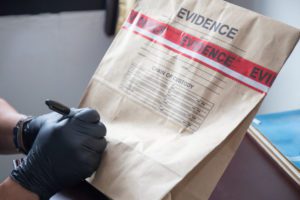
Furthermore, the State’s suggestion — that the matching of the DNA starts the statute of limitations — completely ignores the language that states the time does not begin “until the State is in possession of both the physical evidence and the DNA.” In using the term “both,” the Legislature signaled that the two items that follow the term are the items the State must be in possession of in order to start the clock.
In sum, a plain reading of the statute leads to the conclusion that the statute of limitations begins to run exactly as the statute directs — when the State possesses both the physical evidence from the crime and a suspect’s DNA sample — not when a match occurs. That reading appropriately construes narrowly the exception to the five-year limitations period. See P.A.F., 176 at 223. And a contrary reading would essentially endorse inaction by a prosecution equipped with all the necessary components to identify a suspect, a reading that cannot be reconciled with the protective purpose of a statute of limitations. See Twiggs, 233 N.J. at 539; Diorio, 216 N.J. at 612.
This case came to the New Jersey Supreme Court on the defendant’s appeal because a three-judge appellate panel agreed with the State’s borderline frivolous position. Under the circumstances, it seems the appellate panel was being results-oriented and focusing on the heinous nature of the underlying sexual assault.